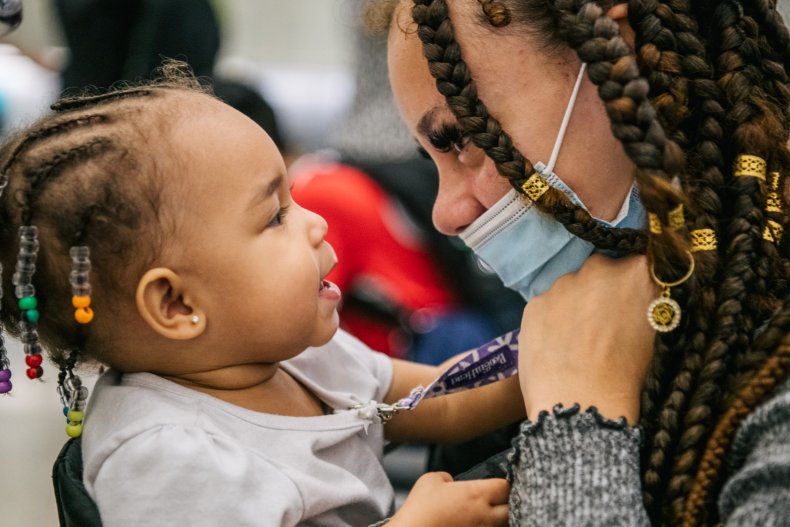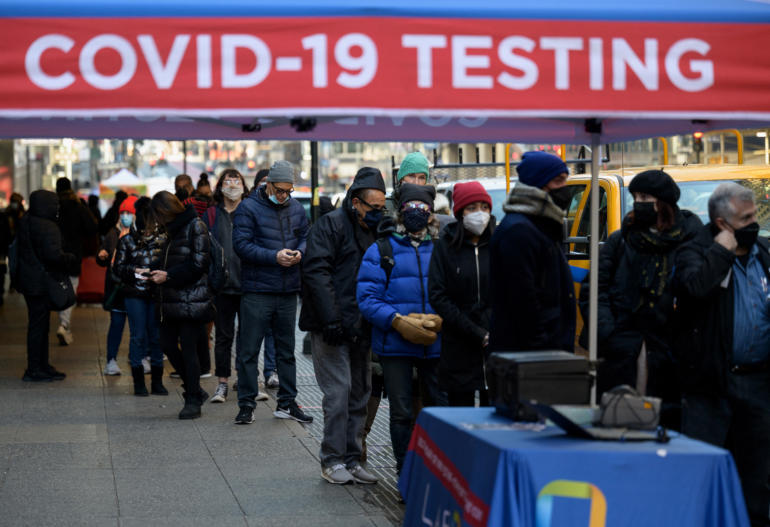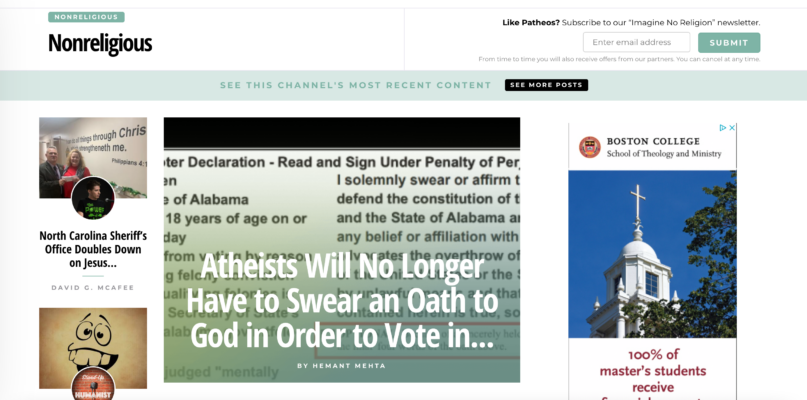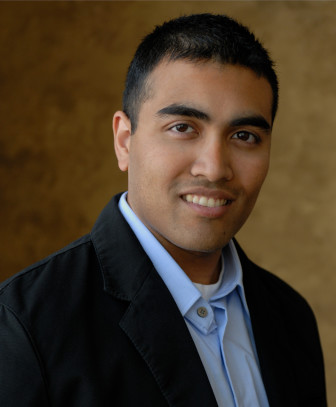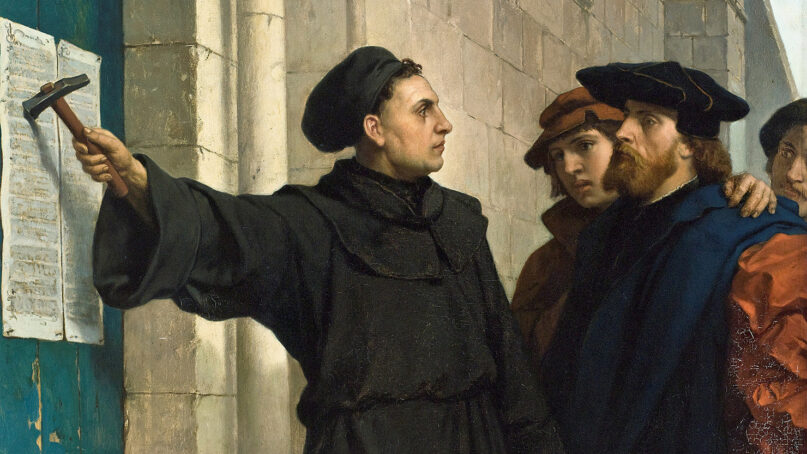Opinion: The false prophets who inspired the violence on Jan. 6
By Joe ScarboroughColumnist
Today at 5:57 p.m. EST
My grandmother’s faith in God sustained her as she struggled to raise her family through the Great Depression, said goodbye to her teenage son as he left for World War II and buried her husband a decade later.
The sounds of Billy Graham’s crusades would fill my grandmom’s Georgia home in the 1970s. A decade later, Jim and Tammy Faye Bakker’s “PTL Club” would win her loyalty, as well as her monthly tithes. My parents gently tried warning her that the “PTL” stars were scam artists less interested in her spiritual welfare than in her monthly Social Security checks. Even after being treated rudely by Tammy Faye in a chance encounter, Grandmom kept sending money the Bakkers’ way as they built their empire on the backs of working-class Christians. The dreadful pair’s get-rich schemes leveraged Americans’ love of God for cold, hard cash.
Looking back on the events of Jan. 6, perhaps we should focus more on the false prophets who inspired the violence of that day than the rioters we still highlight on video loops.
Those who beat cops with American flags should serve long jail sentences. But the most important lesson from that tragic day may come from deconstructing how plutocrats and trust-fund babies deployed propaganda campaigns to push that bloodthirsty mob up the Capitol steps.
The “big lie” bloodletting happened at the behest of a slumlord’s son, who inherited more than $400 million and used his presidency to undermine citizens’ faith in their country. His anti-American poison was spread through the arteries of one foreign family’s media empire and soon metastasized across the American heartland.
Just as the Bakkers used the Gospel of Jesus Christ to prey on gullible viewers, these right-wing billionaires and their allies are trying to brainwash millions of Americans into believing the U.S. government is deploying Afghanistan War helicopters to launch domestic attacks against them, that the FBI is purging patriots from society and that the “deep state” staged the Jan. 6 riot as a “false flag” to strip citizens of their constitutional rights.
These hate-filled hysterics spewed against the United States have been punctuated by verbal assaults targeting military heroes, the slandering of the U.S. intelligence community and a barrage of fire against the nation’s democratic voting system that would make Vladimir Putin blush with pride. These are the kind of anti-American screeds that fueled the Capitol riot, and they have been preached with increasing intensity since that tragic day.
The targets of their misinformation campaign now await trial or languish in jail while the authors of these phony crises sleep comfortably in their marbled mansions and beachside resorts. They are free to travel the world on their super yachts or private jets while Jan. 6 defendants beg for their freedom in federal court.
What a dichotomy between these plutocrats and the working-class populists they duped into doing their bidding on Jan. 6. The divide between the propaganda they preach and the policies they pursue has become just as stark over the past two decades. Republicans have spent the 21st century embracing a populist brand while tailoring their policies to help the super rich. The result has helped drive perhaps the greatest wealth redistribution in world history, at the expense of the middle class.
Maybe that explains why every Republican presidential nominee this century has come from the United States’ most powerful families and graduated from the country’s most elite universities. Their fathers ran automobile companies, Midwest industrial states, the United States Navy, New York real estate empires and the country itself. I can hear the voice of my grandmom saying, “To whom much is given, much is expected.” While we have not inherited the wealth and power of these American oligarchs, we have been given a republic. Let us spend the next year doing what we can to save it.

Opinion by Joe ScarboroughJoe Scarborough, a former Republican congressman from Florida, hosts the MSNBC show “Morning Joe." Twitter
